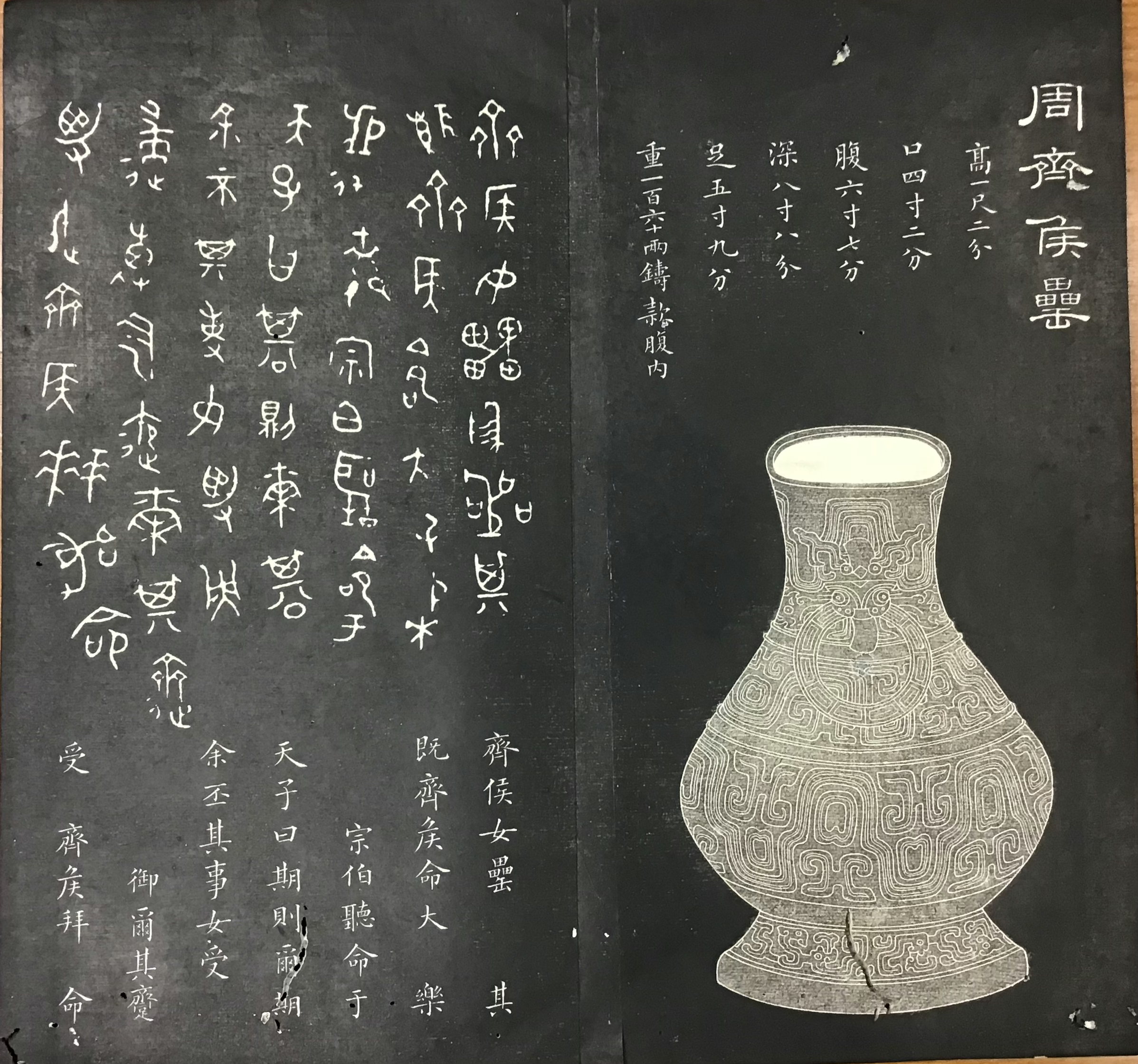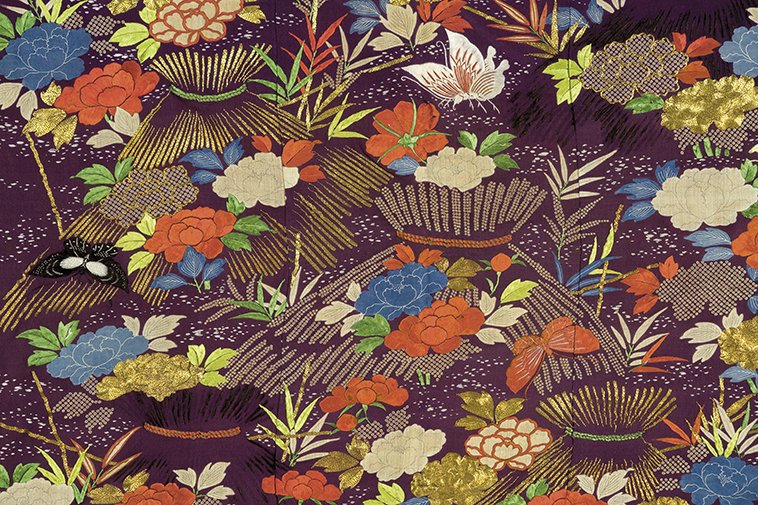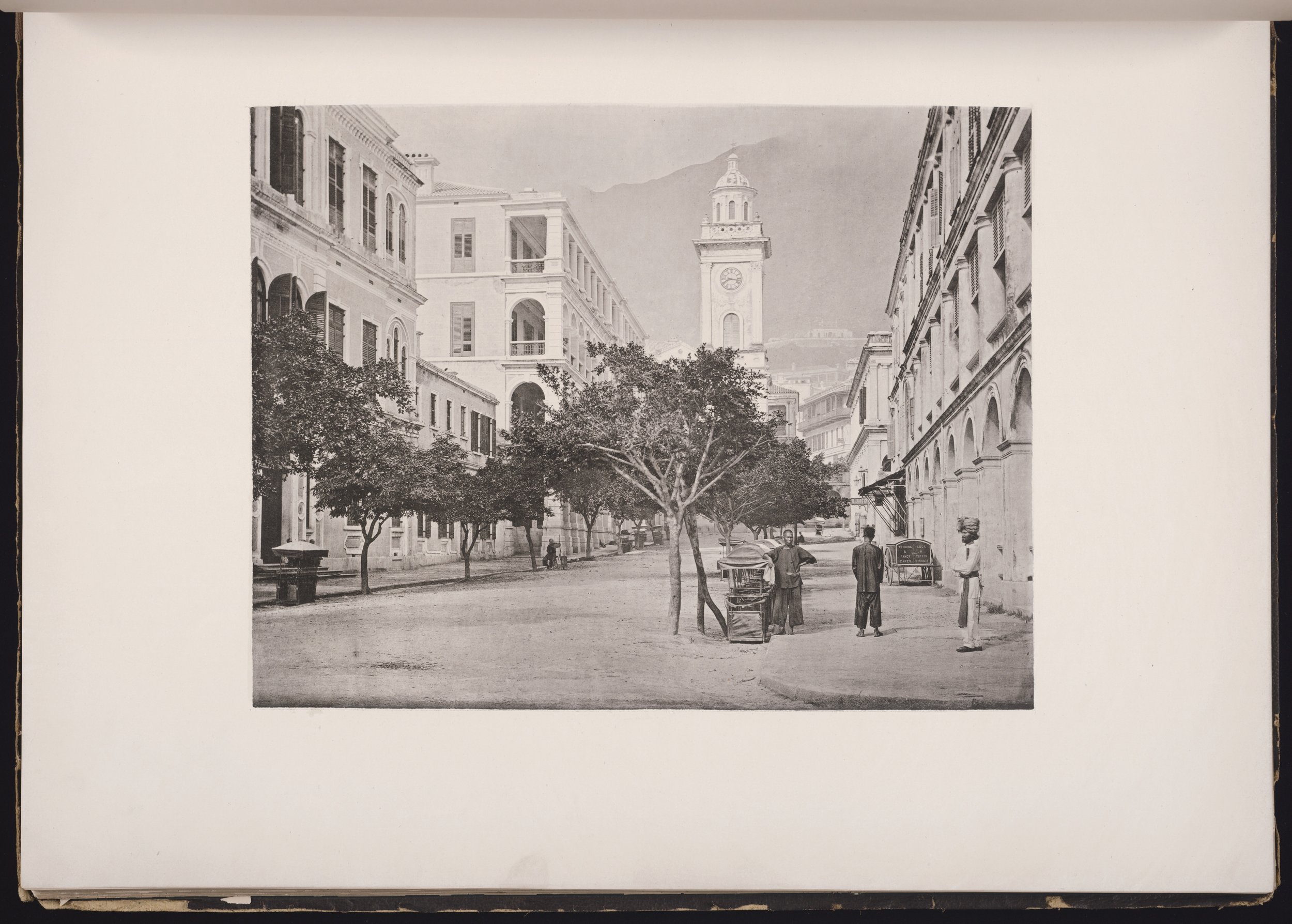Highlights

A Tribute to Robert Chang Chung Shien (1927–2024)
In the field of Chinese art, the name Robert Chang Chung Shien brings a sense of awe and evokes an unequivocal sense of respect among later generations. He surpassed and outlived all his advocates and severe critics of his own generation.

Morphing Landscape: Hong Xian’s Ink Abstraction
In the second half of the 20th century, Houston-based artist Hong Xian (Margaret Chang, b. 1933) crafted a remarkable corpus of abstract ink paintings. By the late 1970s, her work had reached a wider audience in the United States through solo touring exhibitions organized by Chu-tsing Li (1920–2014), a Chinese American art historian and active promoter of young modernist artists from Taiwan and the United States.

Interview with Artist Arnold Chang and Exhibition Curator Clarissa von Spee
My process is different from many contemporary Chinese ink painters. I don’t begin with a clear image in my mind. I generally just start by making a few lines and then allow the brush to lead me. I react to the textures that naturally arise from the interaction of the ink and paper.

An Interview with Professor Ide Seinosuke of Kyushu University
In March of this year, Professor Ide Seinosuke will retire from Kyushu University after twenty-one years as a faculty member, having previously worked for seventeen years (1987–2003) at the Tokyo National Research Institute for Cultural Properties.

Royal Bronzes of Angkor, an Art of the Divine
Pierre Baptiste, David Bourgarit, Brice Vincent, Thierry Zéphir
Angkor, the capital of the Khmer kingdom for more than six centuries (9th–15th century), has preserved from its past glory monumental remains of incomparable magnitude and beauty. The architecture of the temples and the stone statues installed inside have been celebrated many times and are part of the heritage of humankind. But did you know that these grandiose Hindu and Buddhist sanctuaries, now empty, once housed a considerable number of deities, especially the main cult images, made of precious metal (gold, silver, and bronze, the latter often gilded) and had numerous accessories of daily rituals and other decorations, also made of metal? All these elements appear furtively on certain bas-reliefs, but their existence is mainly revealed in the Sanskrit and Khmer inscriptions written on the walls and steles of the temples.

Exhibition Review: The Great Mughals: Art, Architecture and Opulence
Claimed as ‘the first exhibition to reveal the international art and culture of the Mughal court’, The Great Mughals: Art, Architecture and Opulence exhibition at the Victoria & Albert Museum, London, (from 9 November 2024 to 5 May 2025) curated by Susan Stronge, takes us back to the golden age of the Mughal Court (about 1560–1650) to explore the fascinating artistic productions created under the rule of Akbar, Jahangir, and Shah Jahan.

Solace in Painting? Diasporic Artists and the Market for Conflict
Solace in Painting explores the foundational question of how we raise awareness about and effectively characterize the artwork of conflicted artists of the diaspora who never produced overt ‘conflict art’. This question is examined through the lives and artwork of three Asian diasporic painters: Chao Shao-an (also known as Zhao Shao'ang, 1905–1998, Keisho Okayama (1934–2018), and Ann Phong (b. 1957).

An Update on Subscription Rates
In 2025, Orientations will be moving to a new pricing structure for subscriptions. This is to account for differing shipping costs according to geographical zones. There will be two geographical zones, Zone I (Asian countries - listed below) and Zone II (the rest of the world).
The new pricing will come into effect on 1 January 2025. Therefore, all renewals lodged before 31 December 2024 will follow current prices.

Shokoku-ji Jotenkaku Museum 40th Anniversary Exhibition, Legacy of Zen Temples: Shokoku-ji, Kinkaku-ji and Ginkaku-ji, Kyoto
Over the centuries, Zen Buddhism and its institutions have served as a catalyst for the creation and preservation of Japanese art. Zen monasteries have built up extraordinary collections of artworks and transmitted them from generation to generation. This is especially the case for one of the most prominent monasteries in Japanese history, Kyoto’s Shōkoku-ji.

Staging the Supernatural: Ghosts and the Theatre in Japanese Prints
The exhibition ‘Staging the Supernatural: Ghosts and the Theater in Japanese Prints’ is currently on view in Washington, DC, at the Smithsonian’s National Museum of Asian Art (NMAA; 23 March–6 October 2024). The origin of the exhibition dates back more than fifteen years but was buoyed into reality by two major acquisitions.

From Cocoons to Kaftans: Splendid Silks at the Sogdian Court in Samarkand
For those interested in the history of silk and the movement of materials, techniques, and motifs along the Silk Roads, the 7th century wall painting programme from the so-called ‘Hall of Ambassadors’ in the Sogdian city of Samarkand (in present-day Uzbekistan) offers a rich source of illuminating knowledge.

Village Abstraction: Patchwork Textiles in Rural China
The historical trail of these Chinese patchworked textiles winds back almost two thousand years, with the entrance of Buddhism to China, and back at least another five hundred years in India. The tradition carried with it not only the concept of stitching together fabric scraps but also layers of meanings attached to such assembling.

Splendid Patchwork: Buddhist Monastic Robes from Minneapolis Institute of Art
The Minneapolis Institute of Art (Mia) has cultivated a distinguished collection of Chinese art with notable strengths in several areas. Qing dynasty (1644–1911) silk textiles are represented with nearly one thousand works, comprising one of the largest and best collections in the West.

Abstract Evolutions: Sixty Years of Paintings by Fong Chung-Ray
With an artistic career spanning six decades, Fong Chung-Ray (b. 1933) is an early pioneer of contemporary Chinese art. The recent retrospective held at the University Museum and Art Gallery (UMAG) at the University of Hong Kong is the artist’s first institutional solo exhibition in the city.

Friendship, Network, and Self-Fashioning in Cao Zaikui’s Catalogue of Ancient Bronzes
Antiquarianism (jinshixue) established itself as a respected academic discipline in the Song dynasty (960–1279) and gained significant prominence in the 19th century. Following the reign of the emperor Jiaqing (1796–1820), more scholars collected and published bronze and stone inscriptions to verify and supplement classical and historical records found in transmitted texts.

An Interview with Chris Hall
In the 1980s I bought both Japanese and Chinese textiles. I decided to focus on Chinese textiles because I could see there was a unique opportunity to put together a great collection whereas I could not do the same with Japanese textiles.

Japanese Gift Covers from the Chris Hall Collection
In Japan, squares of lined silk called fukusa were used to cover and exchange formal gifts. Exquisitely embroidered, woven, painted, and dyed, fukusa are some of the finest examples of Japanese textile artistry.

On the Trail of Treasure from China’s Lost Summer Palace
Understanding and uncovering where these artworks went after the looting is a fascinating exercise in detective work that runs through libraries, palaces, auction archives, museums, and private houses around Europe and the United States.

‘東海道 Tōkaidō: Dreamscapes by Andō Hiroshige’ at the Montreal Museum of Fine Arts
The Hiroshige exhibition is a rare treat for enthusiasts of Asian art in Canada. Unlike our American neighbours , who frequently host Asian art exhibitions, Canadian institutions seldom showcase such focused displays.

John Thomson’s Photography of Hong Kong: Picturesque Landscape and ‘Types’
Born in Edinburgh, John Thomson (1837–1921) was a Scottish geographer, traveller, and photographer. He was the first known photographer to document China and, unlike most Western photographers of the time who stayed in the coastal treaty ports, he travelled to the interior of China.
